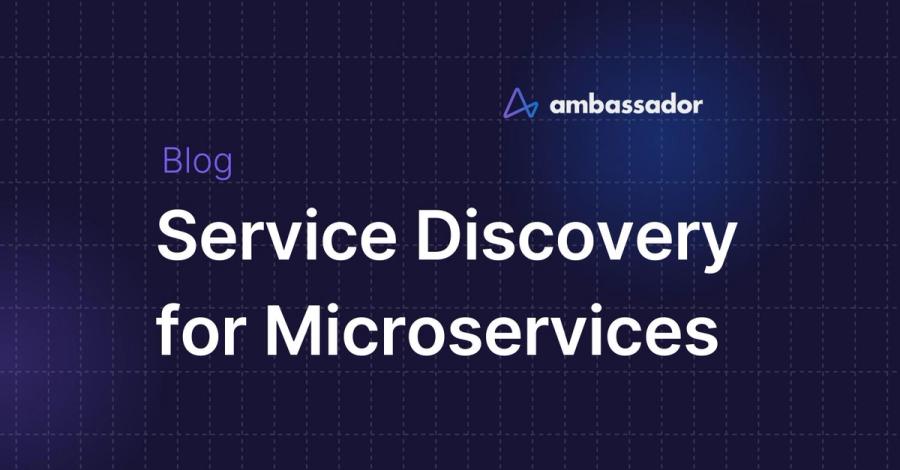
Telepresence
First of all, what is CKAD? I bet you already know that since you are reading this article, but if you don’t, CKAD is an acronym for the Certified Kubernetes Application Developer examination developed by The Linux Foundation and the Cloud Native Computing Foundation (CNCF) to help expand the Kubernetes ecosystem through a standardized training and certification.
Even though the official CKAD website states that anyone who passes the exam has been certified to be able to design, build and deploy cloud-native applications for Kubernetes, some developers are still sceptical about taking the certification exam for different reasons.
You’ll hear questions like, “Is the CKAD certification useful?”, “Is the CKAD exam worth it?”, “Will I understand Kubernetes after taking it?”, “Is the amount I’m paying for the certification worth it?”, “Will I be certified to do design, build and deploy applications for K8s, or is this just a bland promise to get me to pay for the course?”, amongst other things. If you are contemplating whether to take the CKAD exam, I’d strongly recommend that you should.
January 11, 2022 | 4 min read

Kubernetes API Gateway
In order to get started with this basic AWS + Kubernetes infrastructure fabric three things are absolutely required:
An Amazon Web Services (AWS) account.
An AWS user account with administrator privileges that allow you to provision the infrastructure fabric.
November 15, 2021 | 5 min read

Telepresence
Here we talk about using a service mesh to debug and mitigate some types of app failures. We’ll be looking at several of the capabilities that service meshes may provide. Each service mesh technology supports a unique set of such capabilities.
We use examples from Linkerd to illustrate the capabilities that service meshes may provide, but the fundamental concepts discussed here will apply to any service mesh.
Service Mesh Status Checks
September 23, 2021 | 14 min read

Kubernetes API Gateway
No application is an island. They constantly communicate with other applications (services) -- or, more precisely, instances of applications. Microservice architectures amplify the volume and frequency of these communications.
What is service discovery?
September 16, 2021 | 11 min read

Kubernetes API Gateway
Observability: Telemetry and Metrics
In addition to service discovery and resilience, service mesh technologies can also help with app observability. Observability is being able to monitor an app’s state and to determine at a high level what’s happened when something goes wrong with the app.
Two terms that are frequently used when discussing observability are metrics and telemetry. Telemetry means the collection of data to measure something, and metrics is another name for those measures.
August 16, 2021 | 6 min read

API Development
What are the boundaries of developer responsibility? One of the potential promises of cloud native development and the growing cloud native ecosystem of tools is “full life cycle” ownership for developers. But is this level of responsibility realistic or desirable for every organization and every developer? Does every developer need to be responsible for the full code, ship, run workflow of cloud native application development?
While we've long advocated for the idea that with a developer control plane, an organization can give any developer full ownership, we know, particularly from our experience talking to thought leaders, CTOs, SREs, field engineers, architects, and more, that no one size fits all. The complete complement of tools exists to support empowering developers with full ownership, but much of the software development world isn't built with a "developer-as-owner" mindset.
While we hear a lot about the buzzy nature of cloud native, we don't hear nearly as much about the daily reality for the 99% developer (the majority of developers working today). The 99% developer works in stable production environments with tried-and-tested solutions. Stability is critical, and experimentation with tooling and possibly unfamiliar cloud native environments, all falling under the developer's responsibility, isn't conducive to many organizations' mission-critical work.
July 18, 2021 | 11 min read









